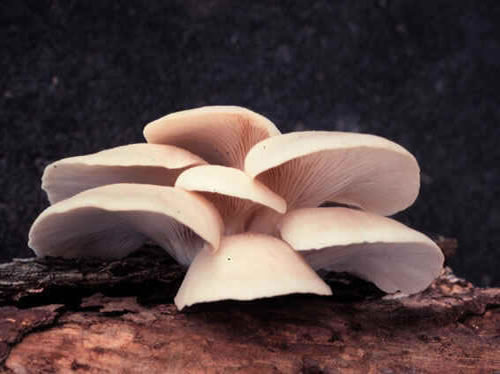
Uni-or multicellular organisms, and heterotrophic eukaryotes.
The Kingdom Fungi includes eukaryotic organisms, heterotrophs that feed on nutrients absorbed from the medium, with species formed by unicellular and multicellular filaments called hyphae. They are popularly known as: yeast (yeast), molds, mildews, mushrooms and wood-ear.
There are free-living species or associated (in symbiosis) with other organisms, eg, lichens, a harmonious relationship interspecific fungi and algae. However, some species are parasites, keeping disharmonious relationships with plants and animals. Most are saprofágica, feeding on decomposing corpses.
The classification of the four phyla obeys reproductive criteria (difference between the reproductive structures), with life cycle in two phases: an asexual and one sexual.
In asexual spores are formed by mitotic divisions, this phase may be prolonged for an indefinite period in response to environmental changes, awaiting stimulation to trigger the onset of the sexual phase by meiotic division.
Thus, the Kingdom Fungi is divided in phyla: Ascomycetes, Phycomycetes, Basidiomycetes and Deuteromycetes.
Ascomycetes (Ascomycetes) → so called because of the process of sexual reproduction forming bags, known scientifically as asci (hence the origin of the name), which later turn into spores.
Phycomycetes (Phycomycete) → fungi are the simplest, like a seaweed containing spores endowed with scourges.
Basidiomycetes (basidiomycetes) → form reproductive structures called basidia, whose base is fixed to the fruiting body (support shaft), leaving free ends forming basidiospores, which houses the spores structure (for example, mushrooms).
Deuteromycetes (deuteromicetes) → or imperfect fungi with little detailed and reproductive structure known, the vast majority being disease-causing parasite.
For Krukemberghe Fonseca
Graduated in Biology
Team Brazil School
Source: http://www.brasilescola.com/biologia/fungi.htm
Nenhum comentário:
Postar um comentário